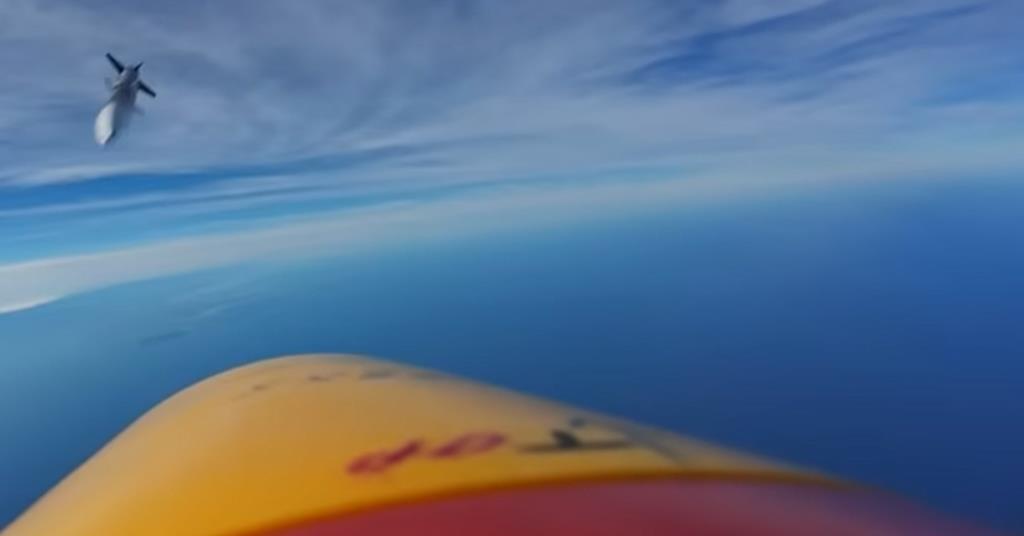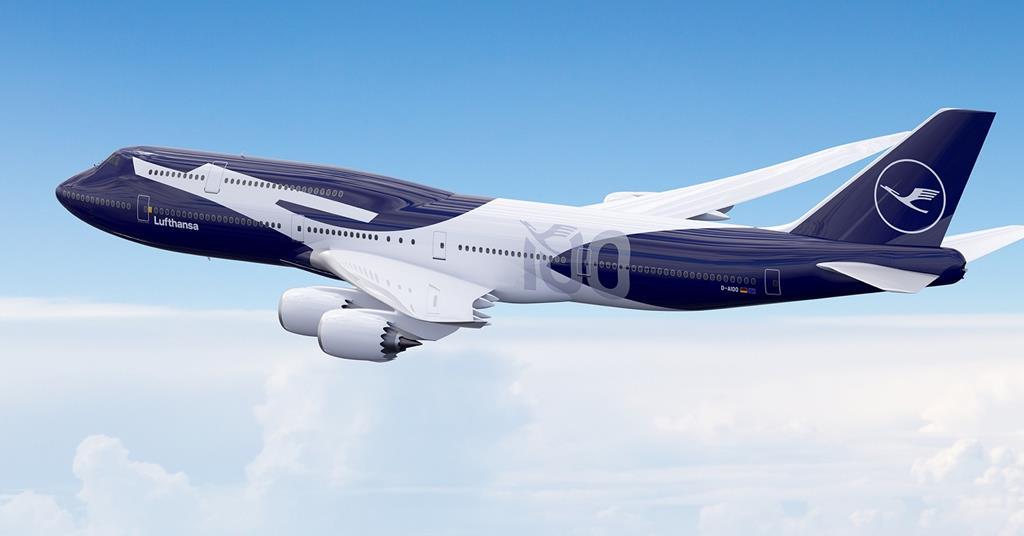Icelandair aims to work fleet harder in 2025 and return to profit | News
Company
Legal Links
Contact
- +44 7947 753363
- contact@skylineairporttransfers.co.uk
- 6 Walsall Street Bilston Wolverhampton WV14 0AT
Recent Posts
© Skyline Airport Transfers. Created by![]() Beaphoenix WebDesign ltd
Beaphoenix WebDesign ltd
Popular Locations:
Birmingham: Aston, Bournville, Edgbaston, Erdington, Great Barr, Hall Green, Handsworth, Harborne, Northfield, Quinton, Soho, Sutton Coldfield, Amblecote, Brierley Hill, Coseley, Cradley, Gornal, Halesowen, Kingswinford, Lye, Netherton, Sedgley, Stourbridge, Quarry Bank, Bearwood, Blackheath, Cradley Heath, Great Bridge, Old Hill, Rowley Regis, Smethwick, Tipton, Tividale, Wednesbury, West Bromwich, Balsall Common, Bickenhill, Castle Bromwich, Chelmsley Wood, Dorridge, Elmdon, Hampton in Arden, Kingshurst, Knowle, Marston Green, Meriden, Monkspath, Hockley Heath, Shirley, Aldridge, Birchills, Bloxwich, Brownhills, Darlaston, Leamore, Palfrey, Pelsall, Pheasey, Shelfield, Streetly, Willenhall, Bilston, Blakenhall, Bushbury, Compton, Ettingshall, Heath Town, Oxley, Penn, Tettenhall, Wednesfield, Burntwood, Lichfield, Cannock, Rugeley, KIDDERMINSTER, Brierly Hill,
STOURPORT-ON-SEVERN
Coventry: Allesley, Binley, Keresley, Stoke, Tile Hill
Leicester: Abbey Rise, Ashton Green, Aylestone, Beaumont Leys, Bede Island, Belgrave, Blackfriars, Braunstone, Braunstone Frith, Bradgate Heights, Clarendon Park, Crown Hills, Dane Hills, Evington, Evington Valley, Eyres Monsell, Frog Island, Goodwood, Hamilton, Highfields, Horston Hill, Humberstone, Humberstone Garden, Kirby Frith, Knighton, Mowmacre Hill, Netherhall, Newfoundpool, New Parks, North Evington, Northfields, Rowlatts Hill, Rowley Fields, Rushey Mead, Saffron, Southfields, South Knighton, Spinney Hills, Stocking Farm, Stoneygate, St. Matthew’s, St. Mark’s, St. Peters, Thurnby Lodge, West End, West Knighton, Western Park, Woodgate
Derby: Matlock, Ripley, Ashbourne, ILKESTON, SWADLINCOTE , BURTON-ON-TRENT, BAKEWELL,
ALFRETON, BELPER, HEANOR
Telford: Market Drayton, Newport, Shifnal, Broseley, Much Wenlock
Stoke: Stoke-on-Trent, Newcastle, Leek, Uttoxeter, Stone, Stafford
Worcester: Worcester, Droitwich, Pershore, Broadway, Evesham, Malvern, Tenbury Wells
Gloucester: Gloucester, Cheltenham, Stroud, Cirencester, Tewkesbury, Badminton, Berkeley, Blakeney, Chipping Campden, Cinderford, Coleford, Drybrook, Dursley, Dymock, Fairford, Lechlade, Longhope, LydbrookLydney, Mitcheldean, Moreton-in-Marsh, Newent, Newnham, Ruardean, Stonehouse, Tetbury, Westbury-on-Severn, Wotton-under-Edge.
Nottingham: Nottingham, Sutton-in-Ashfield, Mansfield, Newark, Southwell, Grantham, Sleaford
Leicester: Leicester, Hinckley, Loughborough, Melton Mowbray, Oakham Market, Harborough, Lutterworth, Wigston, Ashby-de-la-Zouch, Ibstock, Markfield
Oxford: Oxford, Kidlington, Chipping Norton, Thame, Wallingford, Didcot, Wantage, Abingdon, Banbury, Carterton, Woodstock, Bicester, Witney, Chinnor, Watlington
Chester: Chester, Deeside, Bagillt, Buckley, Holywell, Birkenhead, Preston, Wallasey, Wirral, Neston, Ellesmere Port, Prenton
Airports we serve:
BHX: Birmingham Airport
EMA: East Midlands Airport
LHR: London Heathrow Airport
MAN: Manchester Airport
LGW: London Gatwick Airport
LTN: London Luton Airport
SOU: Southampton Airport
BRS: Bristol Airport
LPL: Liverpool John Lennon Airport
LCY: London City Airport
STN: London Stansted Airport



Icelandair is guiding for capacity growth of around 8% in 2025 based on a flat fleet size, amid a continued push for efficiencies after a loss-making in 2024.
Outlining its fourth-quarter and full-year earnings on 31 January, the Keflavik-based carrier says it plans to operate 42 aircraft during its summer peak this year, as it did in 2024, but still grow its capacity. That reflects a focus on what chief executive Bogi Nils Bogason describes as better “resource utilisation” and recovery from the dampening effect on passenger demand of seismic activity in Iceland last year.
Capacity growth in the first quarter of 2025 will largely be driven by the carrier regaining ground lost amid the seismic activty in 2024, Bogason says. Growth will then be focused outside the peak travel months of July and August, he explains, with Icelandair planning to begin operating its second bank of connecting flights in April this year, rather than in May, and to extend its operation further into September.
In the quieter fourth quarter of the year, growth will be driven by Icelandair tapping “new opportunities” created by its Airbus A321LRs, Bogason says.
Icelandair took its first A321LR – which is also the business’s first Airbus jet – at the end of last year and expects to add three more ahead of the summer, Bogason notes. The type is replacing its ageing fleet of Boeing 757 twinjets.
As the business continues to overhaul its fleet, the Icelandair chief has been leading the group’s “One” transformation programme over the past 12 months, focused on achieving efficiencies across the business – largely through cost-reduction measures that also include cutting headcount and consolidation of its office space – as it works towards a long-term goal of an 8% EBIT margin.
Icelandair was some way off its target last year, recording a full-year EBIT loss of $14 million and a net loss of $20 million, on revenue of $1.57 billion.
But Bogason cites an improving performance in the fourth quarter, after a spring and summer period in 2024 when demand – particularly for travel to Iceland – was hit hard by that seismic activity. He sees that improving trend continuing into 2025, when the group is guiding for a full-year EBIT of $40-60 million.
Lower fuel costs and capacity “rationalisation” among other carriers at Keflavik are also helping the group’s finances, he adds.
Alongside a single A321LR, Icelandair’s fleet as of 31 December 2024 featured 21 Max jets – 17 Max 8s and four Max 9s – eight 757s, three 767s, six De Havilland Canada Dash 8s and a single 767 freighter.
Uzbekistan-based Fly Khiva is currently wet-leasing a further two 757s from Icelandair.
Source link
Share This:
admin
Plan the perfect NYC Memorial Day weekend
Pack only what you need and avoid overpacking to streamline the check-in and security screening…
LA’s worst traffic areas and how to avoid them
Consider using alternative routes, such as Sepulveda Boulevard, which runs parallel to the 405 in…
Turkey Baykar Kizilelma UCAV first beyond-visual-range BVR air-to-air missile kill target drone
Turkey’s Baykar claims to have scored an aviation first with its Kizilelma unmanned air combat…
Lufthansa 747-8 and A380 among types to receive centenary livery
German flag-carrier Lufthansa is to paint five additional aircraft – each a different model –…
Baykar Kizilelma UCAV conducts simulated F-16 shoot-down with BVR missile in Turkish air force trials
Baykar’s Kizilelma unmanned air combat vehicle (UCAV) has conducted a simulated shoot-down of a Lockheed…
General Atomics, Saab cite ‘tremendous customer interest’ in MQ-9B AEW development
Prospective customers will be in attendance when General Atomics Aeronautical Systems (GA-ASI) and Saab fly…
Government favours longer third runway scheme for London Heathrow expansion
London Heathrow’s third-runway plan will be based on the development proposal submitted by the airport’s…
SmartLynx ‘underperformed’ after operational disruption and fall in cargo narrowbody demand
Wet-lease specialist Avia Solutions Group attributes the underperformance of its SmartLynx airline division to operational…
Full-year profit to elude Norse Atlantic as transatlantic market softens
Norse Atlantic Airways admits that it will be unable to achieve its ambition of full-year…
Airbus expects main-deck cargo door fit for initial A350F test aircraft early next year
Airbus has yet to fit the main-deck cargo door to its initial A350F test aircraft…
GKN Aerospace to fly new Swedish UAV demonstrator within 18 months
Sweden’s Defence Materiel Administration (FMV) has awarded GKN Aerospace a contract to design, develop and…
Boeing wins $4.6bn Apache helicopter order for Poland, Kuwait and Egypt
Aircraft manufacturer Boeing has secured a multi-billion-dollar international order for the company’s AH-64E Apache attack…